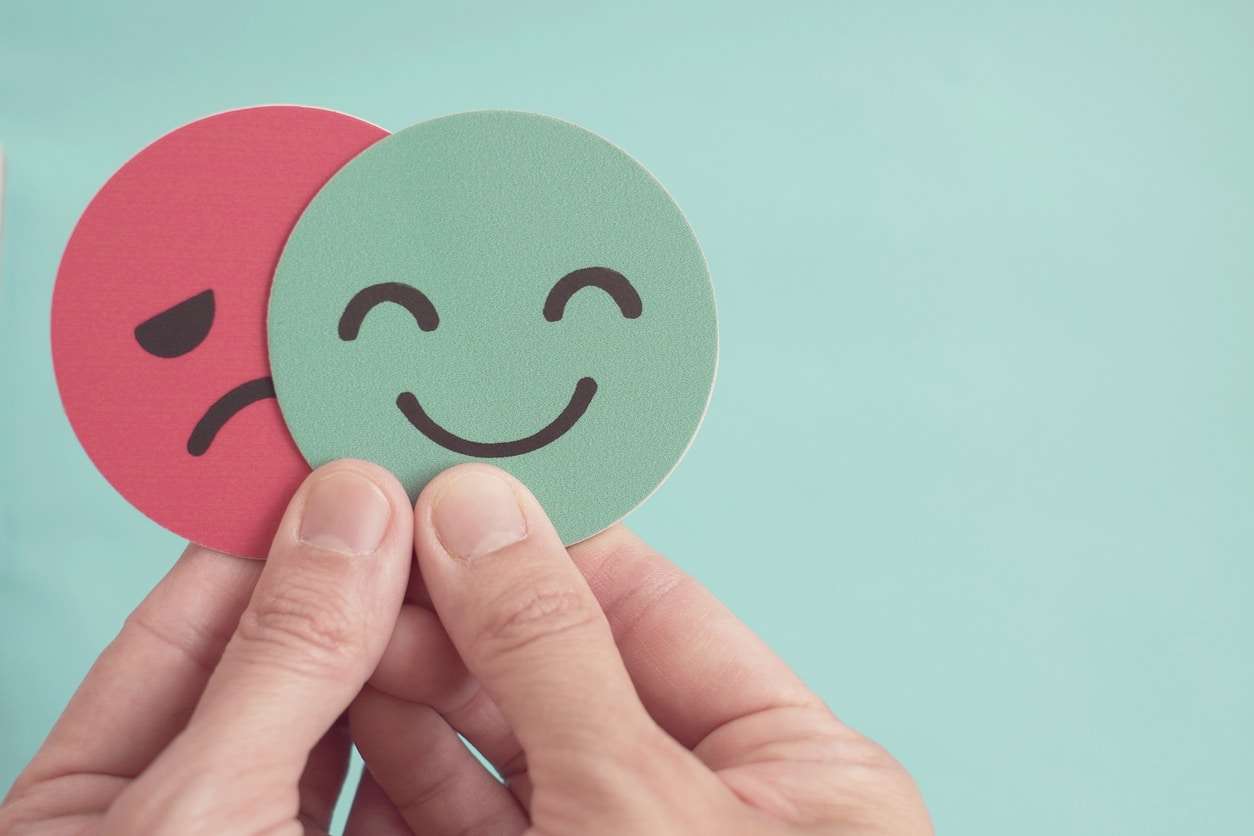It can be challenging to know when it is time to seek treatment for your mental health. Especially for bipolar disorder, the signs and symptoms can vary from person to person and may not always be easy to identify. This blog post will discuss six signs that you might need treatment for bipolar disorder and explore some of the common treatments available.
If you’re worried that you or someone you know might have bipolar disorder, it’s important to seek help from a qualified professional as soon as possible.
1. Changes in mood
If you find yourself experiencing drastic shifts in your mood, consisting of intense highs and lows, these could be signs of bipolar disorder.
These cycles are marked by emotional highs, referred to as mania or hypomania. During these highs, you may feel euphoric. On the other end, you may experience lows of depression, with or without suicidal ideation.
2. Sleeping too much — or too little
A commonly overlooked sign of bipolar disorder is when a person’s sleeping pattern becomes erratic and unpredictable. Sleep disturbances are a core symptom and can present themselves in various ways, such as sleeping too much —or not enough. For people experiencing bipolar disorder, sleep problems are one of the earliest signals that a period of mania is about to occur.
3. Difficulty concentrating
Bipolar disorder can impact executive function, such as memory and attention. In a manic episode, the elevated emotional state can leave an individual feeling unusually energized, making it challenging to stay focused. Conversely, during a depressive state, a person might feel drained of energy and lack interest.
Understanding the impact of bipolar on neurocognitive can help to identify the need for treatment. Moreover, neurocognitive impairment should be considered a therapeutic target to improve psychosocial functioning and quality of life in patients who have bipolar disorder.
4. Impulsive behaviors
Do you find yourself engaging in activities without considering the potential consequences? Or making hasty decisions that have or purchases?
It is more than just spending too much; it is a highly uncharacteristic behavior that might negatively impact your relationships and sense of security. These behaviors are often signs of bipolar disorder.
5. Lack of motivation
If you notice that you no longer find enjoyment in activities and hobbies that used to make you happy, this could be an indication that you are dealing with depression. Alternatively, if you find yourself feeling hyper-energized and participating in excessive behaviors, this too could be a sign of bipolar disorder.
6. Excessive irritability
Are you getting angry or irritated more than usual? It’s important to remember that these feelings can be normal from time to time, but if you find yourself feeling this way more than usual, it could be a sign of bipolar disorder.
Common Treatments
If you have identified any of these signs in yourself or someone else, it is important to seek professional help. A qualified mental health provider can diagnose and provide appropriate treatment options for bipolar disorder, such as the following:
- Medication: This is the most commonly prescribed treatment for bipolar disorder. Common medications include mood stabilizers, antipsychotics, and antidepressants.
- Therapy: Therapy is often a key component of bipolar treatment. Cognitive behavioral therapy (CBT) can help people manage symptoms such as anxiety or depression, while interpersonal and social rhythm therapy (IPSRT) can help with regulating daily routines.
- Support groups: Joining a support group can provide invaluable emotional support and helpful insights from people who have gone through similar experiences.
- Meditation: Meditation has been found to be helpful in reducing the symptoms of bipolar disorder. It can help people relax and gain control over their thoughts and emotions.
- Lifestyle Interventions: Healthy lifestyle choices—good nutrition, regular exercise, and avoiding substance use can help people lead an improved quality of life. These interventions should be tailored to each individual’s needs and priorities.
Who is at risk?
- Bipolar disorder is a relatively common mental health issue. Studies have shown that 1 in 100 people will be diagnosed with bipolar disorder sometime during their life.
- Bipolar disorder occurs equally in men and women, regardless of race or socioeconomic status.
- Bipolar disorder can occur at any age, but it most commonly develops in early adulthood between the ages of 15 and 19 —and rarely after age 40.
Keep in mind that genetics can play a role. Identifying a family history of a mood disorder can help to identify the signs and allow early treatment interventions. For example, children who have a parent or sibling with bipolar disorder are at higher risk for developing bipolar disorder. Among high-risk youth, mood lability (rapid and frequent mood changes that can be seemingly excessive to current circumstances) is often predictive of the future onset of bipolar disorder.
Ready to take the next step?
It is important to remember that everyone will experience different signs and treatments for bipolar disorder, so it is essential to speak with a qualified mental health provider before making any treatment decisions. With the right help, it is possible to manage the symptoms of bipolar disorder and lead a healthy and fulfilling life.
People experiencing bipolar disorder do not necessarily realize how disruptive their mood swings are to themselves and others. The nature of the cycles makes it difficult to have an objective perspective on the disorder’s impact. By recognizing the signs of bipolar disorder early on, you can get treatment for yourself or someone you care about. If you’re experiencing any of these signs, reach out to BestMind Behavioral Health. Our team of experienced professionals will work with you to create a personalized treatment plan that is tailored to your needs. Contact us today to schedule an appointment!


